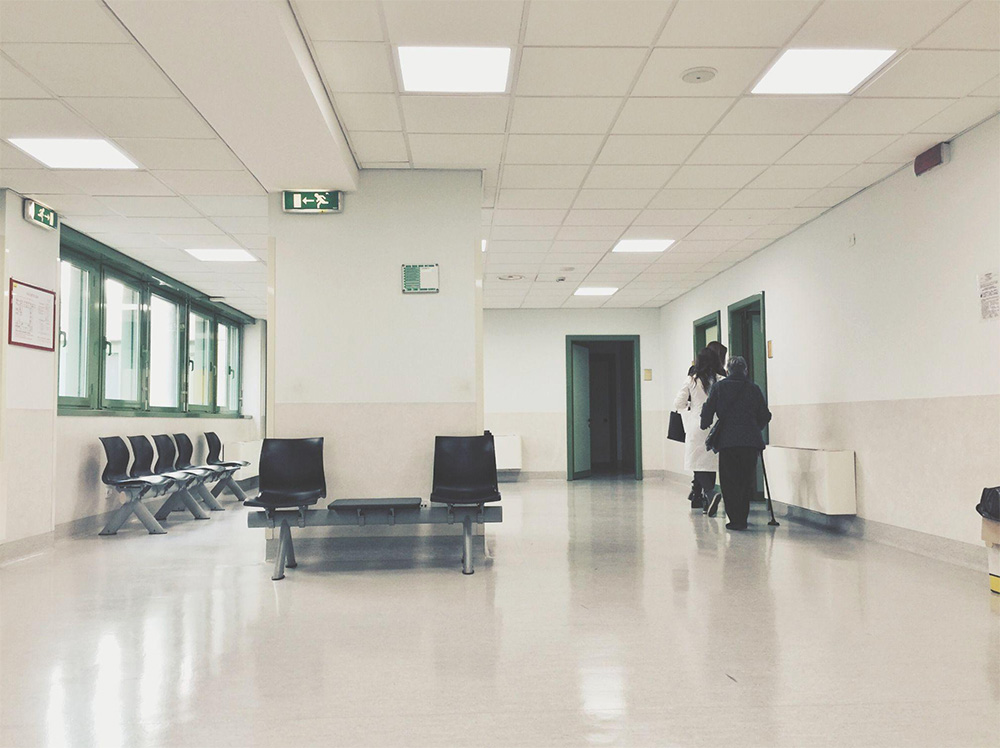WalletHub has released a new study determining which states are the best and worst for healthcare in the nation. The study compared all 50 states and Washington D.C. across various metrics measuring cost, outcome, and accessibility to healthcare with Minnesota ranked first and West Virginia placing last. Americans deserve access to affordable and quality healthcare no matter where they live. However, this study serves as another reminder that disparities persist across the nation, highlighting the pressing need for comprehensive healthcare reforms, particularly when it comes to the standard of patient care. The impact of the COVID-19 pandemic has redefined the future of healthcare in the US, so when we talk about improving the standard of patient care, what does that really involve?
The True Cost of Care
What’s more, according to the Centers for Medicare & Medicaid Services, the average American spends $12,914 per year on personal health care. It’s no surprise cost plays a huge role in patient care. While people living below the poverty line may have access to free or low-cost healthcare options, there are still those struggling with the cost of care. The rising price of prescription drugs, treatments, and medical services, means even patients with insurance are often faced with making tough decisions between their health and other essential needs. The strain isn’t just financial either; it also affects mental wellbeing, as individuals stress over medical bills and potential future health expenses. It’s clear that addressing healthcare affordability is crucial for the overall standard of patient care.
Addressing Access Issues
While costs act as a barrier for many Americans looking to access quality medical care, physical access issues, such as transport and mobility, also play a large role. In many rural areas, the nearest hospital or specialist can be hours away. Add in limited access to public transport services, and making regular check-ups or emergency visits quickly becomes challenging. COVID-19 changed people’s perspective on telehealth and in-home hospital services. According to the Federal Government, nearly half (43.5%) of Medicare primary care visits were provided via telehealth in April 2020, compared with less than 1% in February 2020. Traditionally, medical care has required patients to come to the doctor, but perhaps the key to overcoming access issues and improving patient care starts with adopting a consumer-centric mindset. Caring for people closer to their home and continuing to invest in telehealth and in-home hospital services can help address health care access issues faced by Americans living in rural and remote communities.

Breaking Down Bias
Living as a person of color in the US brings a unique set of challenges, but also correlates to poorer health outcomes. It’s what’s known as the social determinants of health; a framework for understanding how socioeconomic status, environment, education, employment, and access to healthcare impact a person’s ability to maintain their physical and mental wellbeing. For example, data from the Center for Disease Control and Prevention shows black, American Indian, and Alaska Native women are more likely to die from pregnancy-related complications. A 2020 study estimates black people in the US were 3.57 times more likely to die from COVID-19 than white people. Racial bias in healthcare is a complex issue, discrimination, limited access to healthcare, educational barriers, economic instability, and neighborhood environments that lack essential resources are real issues impacting the everyday reality of patient care for people of color. Culturally competent healthcare, equitable resource distribution, and a deeper understanding of the unique challenges faced by these communities is vital. We need understanding, better policies, and genuine community support to make a change.
Training the Next Generation
Working towards a new era of improved patient care starts with investing in the next generation of doctors, nurses, psychologists, social workers and other healthcare staff. That means connecting students with the best accelerated nursing programs, specialized medical degrees and continued access to world-class schools. Just as COVID-19 made telehealth the new norm for patients and healthcare professionals, online learning has made pursuing a career possible for graduates or people looking to change careers. Comprehensive education and training that emphasizes empathy, understanding different cultures and teamwork is the first step towards setting up a system that’s not only top-notch but also truly cares for every patient, and online accelerated BSN programs in Texas and other remote learning opportunities have helped make that possible.
The healthcare system in the US is at a crossroads. From state to state and community to community, the differences in healthcare quality and access are too big to ignore. Telehealth, boosted by the pandemic, could be a game-changer, especially for folks in far-flung areas. But, it’s also high time we tackle biases head-on and ensure everyone gets the care they deserve. The silver lining? The up-and-coming generation of healthcare pros. By giving them top-notch training and a dose of real-world empathy, we’re setting the stage for better, kinder healthcare for all.





